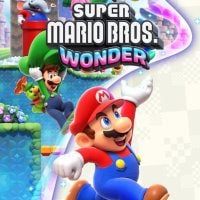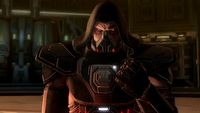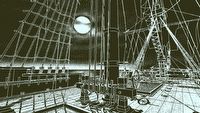Super Mario Bros. Wonder Takes a Page From Dark Souls Book
The developers of Super Mario Bros. Wonder wanted to enable the players to make casual connections. That's why they used a trick you may be familiar with from Dark Souls.
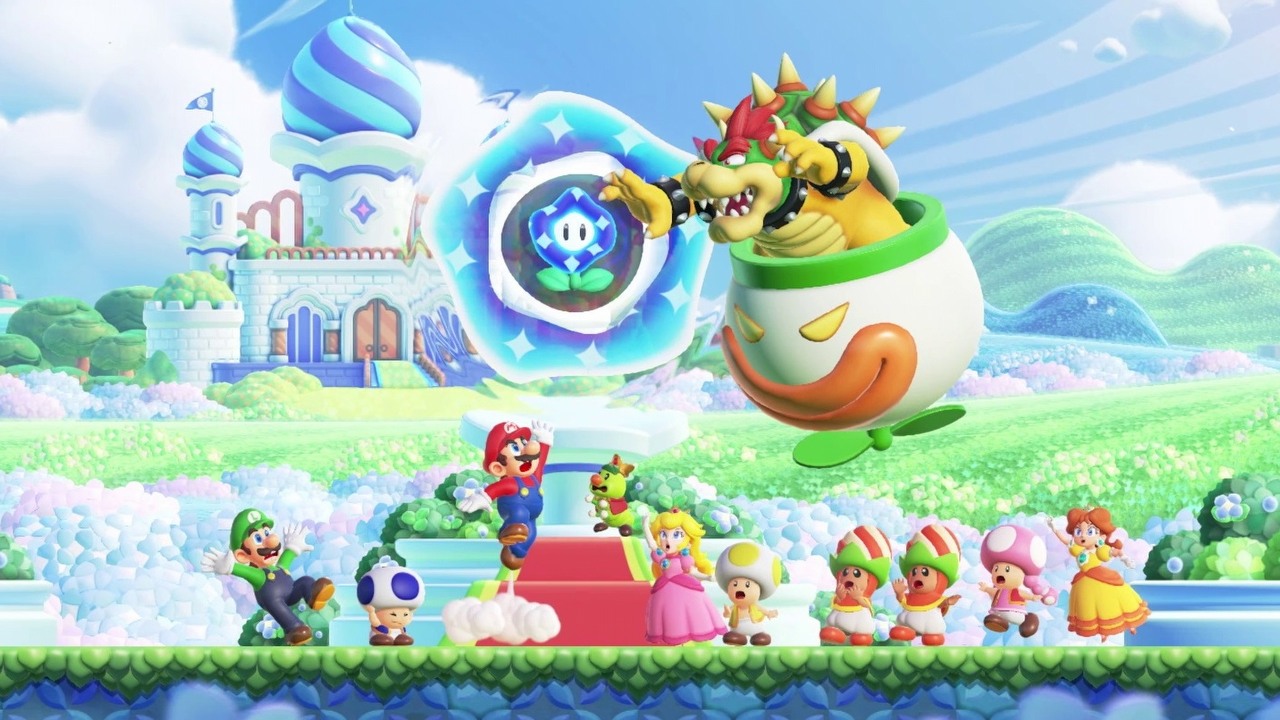
It has long been a fad on the web to refer to the (supposedly) most difficult games as "Dark Souls" of a particular genre. Usually such a comparison is completely unwarranted, but Super Mario Bros. Wonder really does have element taken straight from Dark Souls, which was supposed to... make the game easier to complete.
At first glance, this may sound absurd, but only on the surface. The new platformer starring Mario by no means implemented raids or the need to recover all the currency after a defeat. Instead, those playing alone can see the "shadows" of other players appearing on the same level of Super Mario Bros. Wonder.
In Dark Souls "ghosts" of other players were mainly useful in the context of bloodstains, enabling us to check how other characters died in a given place. Other than that, it was more of a mood-building element, showing that we were not the only ones exploring the game world.
This second goal also guided the developers of Super Mario Wonder - after all, players can even greet each other as "shadows." However, game director Shiro Mouri also mentions a different reason for including this system. In a post confirming the debut of the platformer, the creator stressed that the new Mario was going to enable the players to make "casual connections, without the possibility of getting in each other's way."
What's more, players can help each other in several ways, not just by showning others how to complete a level. They can, for example, put up a "stand" to resurrect player characters who have been transformed into ghosts - this works similarly to touching other characters in co-op mode. The difference is that the game reports how many people have used our help.
There is also an option to share items with "shadows." All this was meant to make it easier for players to complete the game and not get discouraged by failures. Interestingly, in a previous conversation the developer was also inspired by one of the creators of Super Mario Run, who was not very good at platformers and, as a result, was unable to reach the end of the game, despite his sincere intentions.
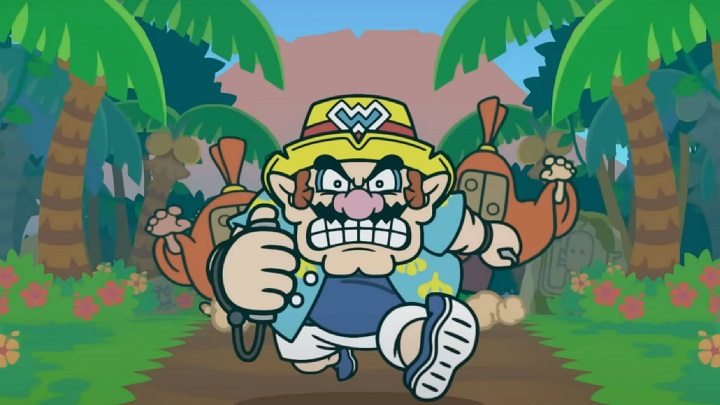
As an aside: it is this mechanic of freely connecting with other players that is the reason why the developers included as many as 12 characters in the game - the most in the history of the series. It's just a shame that some of them are basically color variants of well-known characters, and there was a shortage of guests from outside the Mushroom Kingdom (and, unfortunately, Wario).
0

Author: Jacob Blazewicz
Graduated with a master's degree in Polish Studies from the University of Warsaw with a thesis dedicated to this very subject. Started his adventure with gamepressure.com in 2015, writing in the Newsroom and later also in the film and technology sections (also contributed to the Encyclopedia). Interested in video games (and not only video games) for years. He began with platform games and, to this day, remains a big fan of them (including Metroidvania). Also shows interest in card games (including paper), fighting games, soulslikes, and basically everything about games as such. Marvels at pixelated characters from games dating back to the time of the Game Boy (if not older).
Latest News
- End of remote work and 60 hours a week. Demo of Naughty Dog's new game was born amid a crunch atmosphere
- She's the new Lara Croft, but she still lives in fear. Trauma after Perfect Dark changed the actress' approach to the industry
- „A lot has become lost in translation.” Swen Vincke suggests that the scandal surrounding Divinity is a big misunderstanding
- Stuck in development limbo for years, ARK 2 is now planned for 2028
- Few people know about it, but it's an RPG mixing Dark Souls and NieR that has received excellent reviews on Steam, and its first DLC will be released soon
